Now being constructed by Chandos Construction on the edge of Calgary, the $18-million Taza Water Reservoir won’t be the typical standard reservoir the public largely ignores.
With a decorative curvature, although still protective, cedar pole fence, it will be the gateway feature for Taza Park East, just one phase of Taza Park, an environmentally sustainable community being developed by the Tsuut’ina Nation with Canderel.
Consisting of a buried water reservoir, a buried clearwell and an above grade pumphouse with an office and electrical room, plus the fence, it is one of the first infrastructure projects of the development which will be on Tsuut’ina Nation lands directly west of Calgary.
Its purpose is to hold water piped from the Glenmore Reservoir in Calgary. In many ways that function represents a return of what is considered a “precious resource.”
The Elbow River runs through the Rockies through the Tsuut’ina Nation lands to the Calgary reservoir, explains architect Donny Wolcott of Zeidler Architecture.
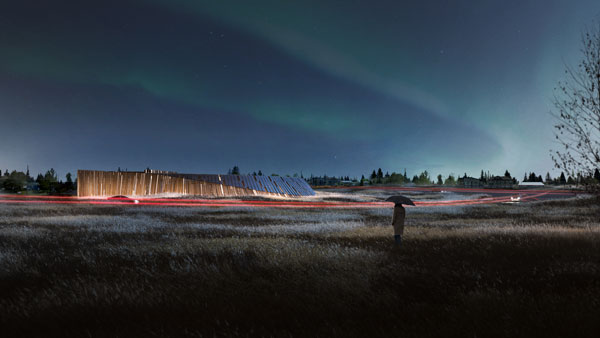
The development’s master plan consultant, Zeidler designed the reservoir with WSP. The architectural firm was responsible for the exterior wall assembly and the fence, while WSP designed the energy efficient pumps, mechanical equipment and other processes. There was also extensive collaboration by WSP Civil Infrastructure, WSP Structural, and Zeidler on a number of the sustainability features, says Wolcott.
Those features include the use of glulam columns and beams in the interior of the pumphouse.
Responding to the core Tsuut’ina Nation’s value of respecting resources for future generations, the reservoir was planned and designed to be a celebration of sustainability for the overall Taza development, he says.
“This aim (of sustainability) is achieved by using a holistic approach to sustainability that considered the pumphouse building, the mechanical equipment, the surrounding landscape and core Tsuut’ina values.”
Complemented by repurposed Buffalo grass, the reservoir will be flanked in a large arc by the fence. While it will be a security barrier for “a post-disaster building,” its importance and symbolism extend well beyond that basic use, he says.
A prime example is the installation of its cedar logs in a curving formation to create an abstraction of a beaver dam.
“The Tsuut’ina are known as the Beaver People.”
In keeping with the sustainability goals of the overall development, there will be solar panel array on the south side of the reservoir, while glazing on the north side will allow passersby to view into the pumphouse.
Zeidler will also be working with the Tsuut’ina on a plan to paint murals on the interior walls once construction is completed, says Wolcott.
As for the actual operation of the reservoir, it will be an extremely energy efficient facility through the use of high R-Value walls, triple-pane glazing and optimized building systems.
The HVAC system was designed to turn off and provide full outdoor airflow when conditions are appropriate.
“As well, since the pumphouse building is only briefly occupied each day, the ambient temperature is allowed to fluctuate which minimizes energy usage when operators are not present.”
And the solar panels on the south side of the fences will also reduce the building’s carbon footprint by providing renewable power to the pumphouse.
Construction of the reservoir should be completed by August 2023, says Wolcott.


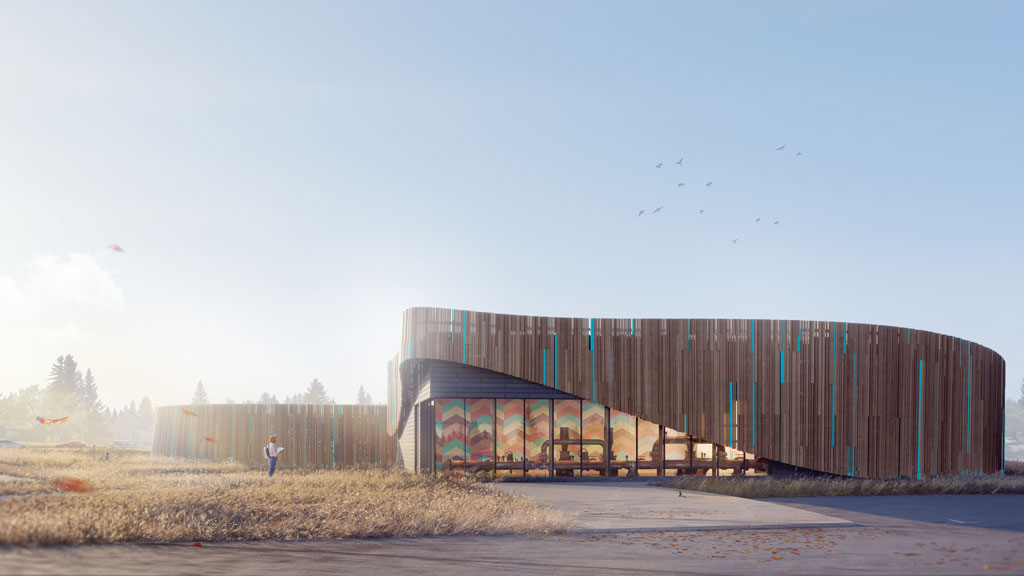

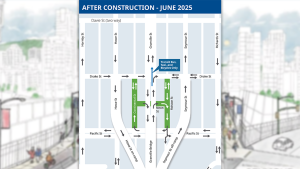
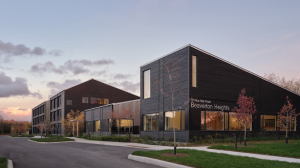
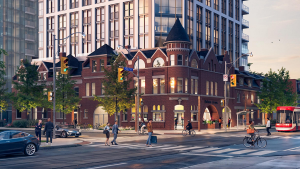




Recent Comments